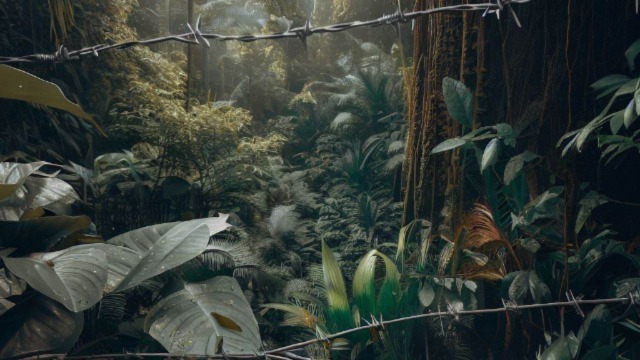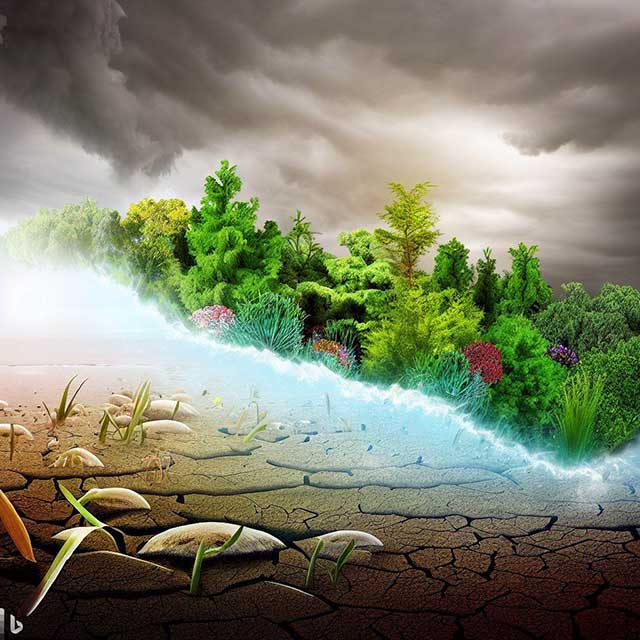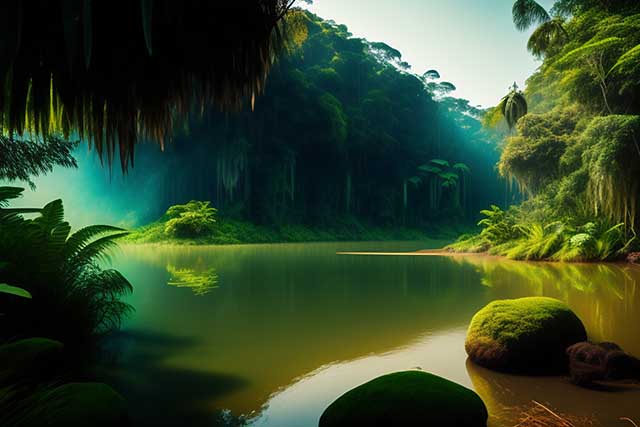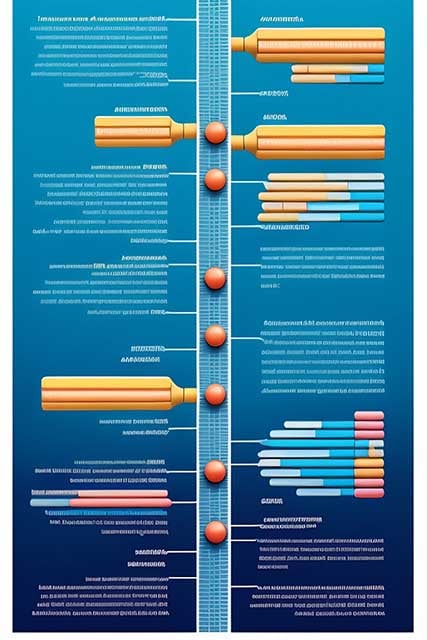- What is biodiversity drawing?
- The importance of biodiversity drawing in biodiversity protection
- How to create a biodiversity drawing
- Tips for creating an accurate and realistic biodiversity drawing
1. What is biodiversity drawing?
Biodiversity drawing is a vital tool for documenting and preserving the world's biodiversity. This practice can be used for a variety of purposes, including scientific research, conservation efforts, and education.
Biodiversity drawing is important because it helps us to understand and appreciate the variety of life on Earth. This practice can also be used to raise awareness about the importance of conservation and the threats to biodiversity.
Some of the world's most iconic biodiversity drawings were created by the artist and naturalist John James Audubon. His drawings are a testimony to the beauty and variety of plant and animal life on our planet.
Today, there are a number of ways to create biodiversity drawings, including field studies, sketches, and photographs. Each of these methods has its own advantages and disadvantages.
Field studies involve going out into the field to observe and record plant and animal life in their natural habitats. This is a great way to get an up-close and personal look at the plants and animals you are studying. However, field studies can be time-consuming and expensive.
Sketches can be done from memory or from reference materials. This is a quick and easy way to create a biodiversity drawing. However, sketches may not be as accurate as drawings created from field studies or photographs.
Photographs can be taken in the field or from reference materials. This is an easy way to create an accurate drawing. However, photographs may not capture the beauty and detail of a biodiversity drawing created from field studies.
No matter what method you use, biodiversity drawing is a great way to document and preserve the world's biodiversity.
2. The importance of biodiversity drawing in biodiversity protection
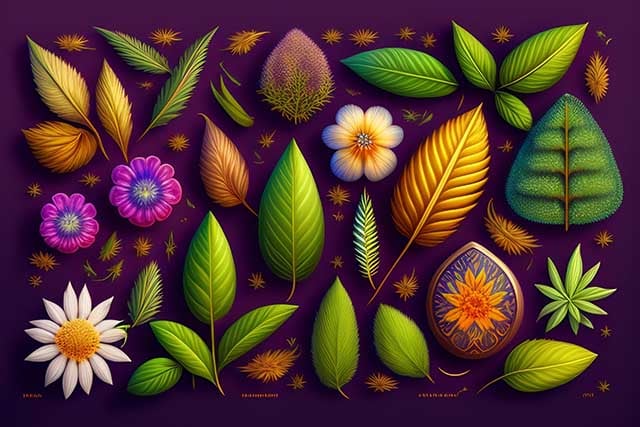
Biodiversity is essential to the health of our planet, and drawings can play an important role in protecting it. Here are three reasons why:
1. Drawings can help raise awareness about the importance of biodiversity.
By seeing the beauty and variety of life in a drawing, people may be more likely to appreciate and want to protect it. This is important for raising awareness about the importance of biodiversity and the need to protect it.
2. Drawings can help scientists document and track biodiversity.
This is important for understanding trends and monitoring changes over time. This information is essential for developing conservation plans and strategies.
3. Drawings can be used to help educate others about the importance of biodiversity.
Drawings can be used to help educate people about the different species that make up biodiversity, the threats that they face, and what they can do to help protect it. This is important for engaging people in the conservation of biodiversity.
Drawings are an important tool for protecting biodiversity. By raising awareness, documenting and tracking changes, and educating others, they can help us to protect this essential part of our planet.
3. How to create a biodiversity drawing
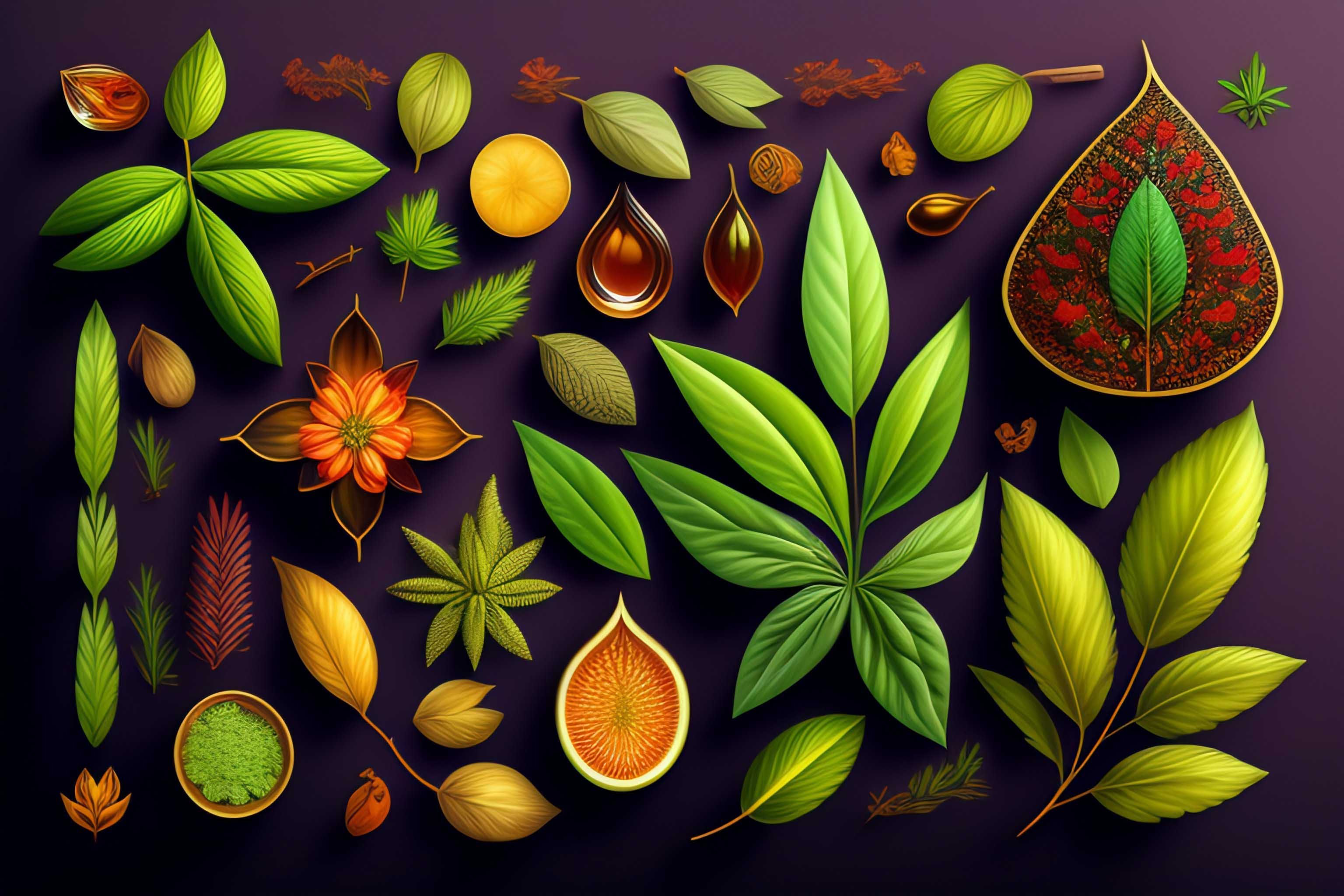
Biodiversity is essential to the health of our planet, and yet it is under threat from a variety of human activities. One way to raise awareness about the importance of biodiversity is through art.
Biodiversity drawings can be used to educate people about the different species that make up biodiversity, and the threats they face. They can also be used to simply enjoy as a work of art.
Creating a biodiversity drawing is a great way to show your support for biodiversity protection. And, it's a lot of fun! Here's a step-by-step guide to creating your own biodiversity drawing.
- Choose your subject matter. This can be anything from a specific species of plant or animal to a natural habitat.
- Research your subject matter thoroughly. This means studying photographs, books, and other sources of information.
- Sketch out your drawing. This can be done freehand, or by using a reference photo or other source material.
- Add color and detail. This is where creativity really comes into play!
- Share your drawing with the world! You can use it to raise awareness about the importance of biodiversity, or simply to enjoy it as a work of art.
Creating a biodiversity drawing is a great way to show your support for the planet. By following these steps, you can create a beautiful and accurate drawing that will educate others about the importance of biodiversity. So get out there and start drawing!
4. Tips for creating an accurate and realistic biodiversity drawing
Biodiversity drawings are an important tool that can be used to assess the health of an ecosystem. They can also be used to track changes in an ecosystem over time.
To create a biodiversity drawing, you will need to observe and document the plant and animal life in a particular area. It is important to be as accurate and realistic as possible in your drawing, in order to provide valuable information to scientists and conservationists.
Some tips for creating an accurate and realistic biodiversity drawing include:
1. Use a reference photo or live specimen if possible. This will help you get the details of your drawing right.
2. Take your time. Don't try to rush through the drawing. This will only result in a sloppy and inaccurate drawing.
3. Pay attention to the small details. It is often the small details that make a drawing look realistic.
4. Use a variety of drawing techniques. This will also help make your drawing look more realistic.
5. Practice, practice, practice. The more you practice, the better you will become at creating accurate and realistic biodiversity drawings.
By following these tips, you can create a biodiversity drawing that is accurate and realistic. This will help ensure that the drawing is useful for biodiversity protection purposes.
